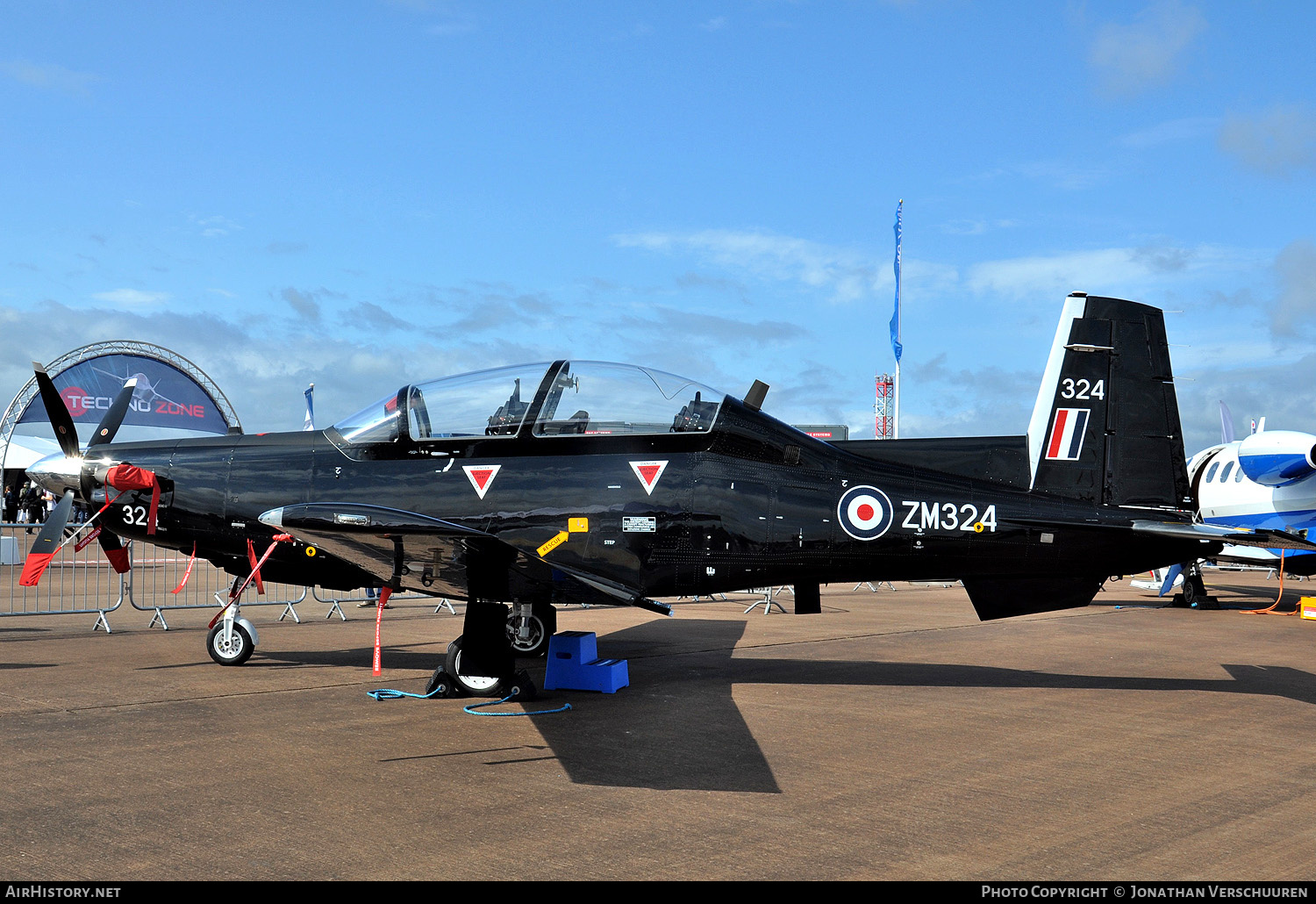
I normally put the PCL/IFG in the front and the rest of the pubs in the back of the compartment. Where do the PCL, IFG, Florida Approach Book, and Charts go? You will put them into the publications compartment on the right side of the cockpit. It tends to be more cumbersome doing it in that fashion and you find yourself flipping things over to get at the necessary information. Between referencing the checklist, or referencing the IFG, or writing something down, it is too much in one single location. What does not normally work well is to place all the items on the kneeboard. Also, as you go into the instrument phase, you can use the strap to hold your approach plates to your leg. A good 2-inch leg strap with a clear retainer will work to hold the checklist to your leg. You can use the elastic strap that is on your G-suit or you can purchase a leg strap like the one shown. The Quadfold Checklist is normally secured to the leg that does not have the kneeboard. Additionally, the front side of the checklist ran through the Overspeed Governor Check so I could then flip it over and have the rest of the checklists readily available thru the Engine Shutdown Checklist.

This was because I had to use my index finger to follow along on the checklist as it was on my leg. I found that folding it in half was all that was needed. Some prefer to quad-fold it so that it is smaller. You can fold/cut it and place it in a checklist page protector (as shown) or you can laminate it if you have access to a lamination machine. In dealing with the Quadfold Checklist, you need to protect it some way. Immediately behind the lineup card, you could have your radio call gouge sheet for easy reference reminders. To start, I would recommend you use the lineup card so you can write clearances and ATIS information and it is already organized for you. You may put an individual sheet of paper or small note pad to write on. Most kneeboards will have a holding-clip like the picture. Whatever you decide to attach, remember that the backside-page (as shown in picture) will be hanging down and impossible to read or will lay over and interfere with the controls.įinally, underneath whatever you attach to the kneeboard should be a hard writing surface. Some students will attach the regular IFG but you will find it is: way to bulky, not user friendly by pages, a real pain to try and use the backside-page while flying, and the pages eventually tear apart. I preferred to attach the small IFG (described in the IFG Section) as it was all the information I needed to be easily accessible each flight. You are not repelling with the lanyard!Īnother issue to resolve will be what to attach to the kneeboard with some checklist loops. Also, the lanyard should be long enough to write but short enough to not get caught on the controls and switches. You will not be pulling a pen out of your flight suit pen pocket each time you need to write. If you were to drop it or have it come dislodged in flight, you could retrieve the pen via the lanyard. This will keep you from fodding a cockpit should you drop the pen. (U.S.Once you have a kneeboard, you need to lanyard a writing utensil to it. Flight of two Beechcraft AT-6 Texan II trainers. The Texan II has a cruise speed of 320 miles per hour (515 kilometers per hour), service ceiling of 31,000 feet (9,449 meters) and range of 1,036 miles (1,667 kilometers). The airplane is powered by a Pratt & Whitney Canada PT6A-68 turboprop engine which produces 1,100 shaft horsepower and drives a 4-bladed Hartzell propeller. It has an empty weight of 4,707 pounds (2,135 kilograms), gross weight of 6,300 pounds (2,858 kilograms) and maximum takeoff weight of 6,500 pounds (2,948 kilograms). It is 33 feet, 4 inches (10.160 meters) long with a wingspan of 33 feet, 5 inches (10.185 meters) and height of 10 feet, 8 inches (3.251 meters). The Texan II is a two-place, single engine low-wing monoplane with retractable tricycle landing gear. The T-6A is used as a primary trainer by both the U.S.


The Texan II is named after the World War II-era North American Aviation AT-6 Texan, which was the advanced trainer used by the United States military from 1940 to 1955.
#T 6 TEXAN II COCKPIT FULL#
The cockpit has a full digital “glass cockpit” instrument panel and is equipped with ejection seats for the student and instructor. It is a militarized version of the Pilatus PC-9. : The United States Air Force received its first Beechcraft T-6A Texan II primary trainer at Randolph Air Force Base, San Antonio Texas. Beechcraft T-6A Texan II primary trainer.


 0 kommentar(er)
0 kommentar(er)
